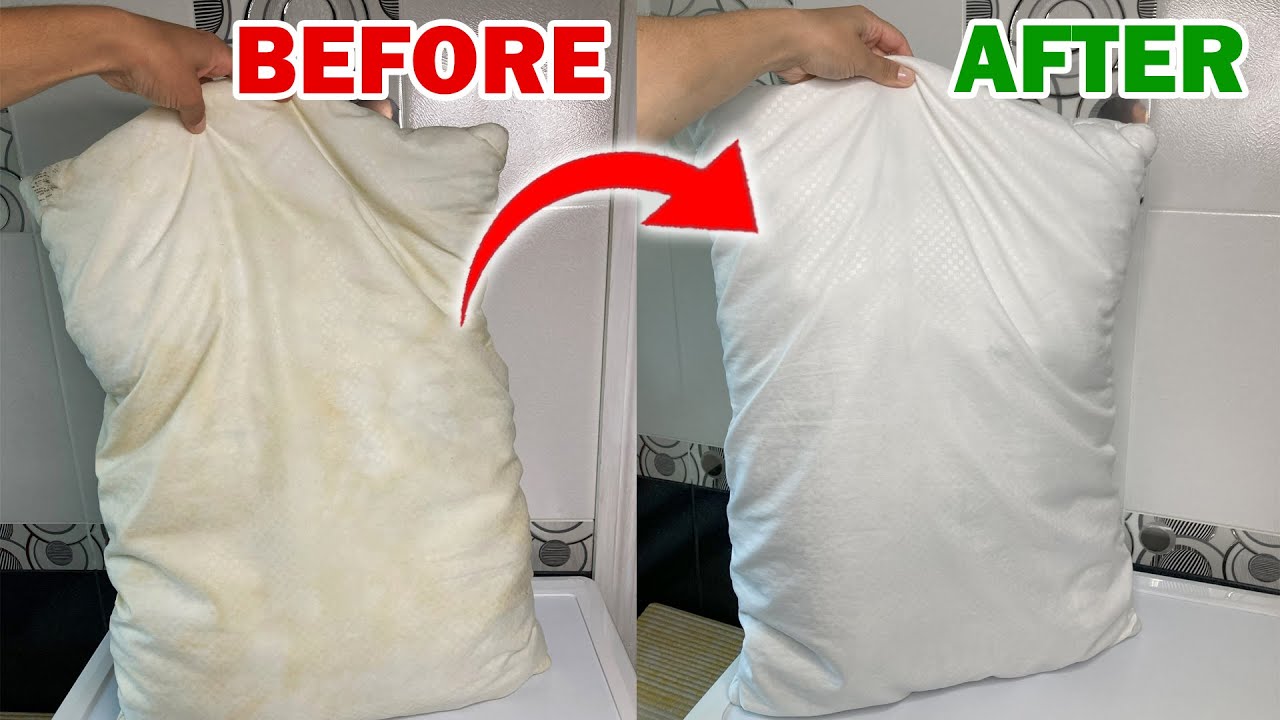Ticks can be a real nuisance in any backyard, especially for us and our furry friends. They not only irritate but also pose health risks by transmitting diseases. One critical step in tick control is identifying and managing their eggs, as this can greatly reduce the tick population in your outdoor space. In this guide, we will explore effective methods for detecting and controlling tick eggs, helping you maintain a tick-free backyard environment. Remember, early intervention is crucial, so don’t hesitate to take action if you spot these tiny pests lurking in your yard!
Identifying Tick Eggs
- Appearance: Tick eggs are typically tiny, round or oval-shaped structures that come in various colors depending on the species. They can be translucent white, dark brown, or black.
- Location: Ticks often lay their eggs in sheltered, moist areas with plenty of vegetation, such as leaf litter, tall grass, or wooded areas. Be sure to check these locations carefully for signs of tick eggs.
- Clusters: Tick eggs are commonly laid in clusters, resembling small batches of caviar or poppy seeds. Look for densely packed groups of eggs attached to vegetation or other surfaces.
Controlling Tick Eggs
- Clear Vegetation: Start by clearing any tall grass, leaf litter, or brush from your yard, as these areas provide ideal breeding grounds for ticks. Regularly mow the lawn and trim back overgrown vegetation to create a less hospitable environment for ticks and their eggs.
- Remove Debris: Rake up and dispose of leaf litter, fallen branches, and other debris that may accumulate in your yard. Ticks often lay their eggs in hidden crevices within debris piles, so keeping your yard clean and tidy can help prevent egg deposition.
- Treat Perimeter: Consider applying tick-control products or natural repellents around the perimeter of your yard to create a barrier against ticks. Follow the manufacturer’s instructions carefully and reapply as needed to maintain effectiveness.
- Implement Landscaping Strategies: Modify your landscaping to discourage tick activity, such as creating a buffer zone of gravel or mulch between wooded areas and your lawn. This can help reduce tick migration into your yard and minimize egg-laying sites.
- Conduct Regular Inspections: Routinely inspect your yard for signs of tick eggs, focusing on shaded and damp areas where ticks are most likely to breed. If you spot any clusters of eggs, remove them promptly and dispose of them properly.
- Consider Professional Treatment: For severe tick infestations or persistent problems, you may want to enlist the help of a professional pest control service. They can assess your yard, identify potential breeding sites, and implement targeted treatments to eliminate tick eggs and reduce the overall tick population.
Take Action for a Tick-Free Environment
By staying vigilant and proactive in detecting and managing tick eggs in your backyard, you can significantly reduce the risk of tick-borne illnesses and enjoy outdoor activities with peace of mind. Remember to prioritize regular yard maintenance, implement targeted control measures, and seek professional assistance if needed to create a safe and tick-free environment for your family and pets. Don’t hesitate to “burn them if you see them” and take decisive action to protect your outdoor space from tick infestations!





